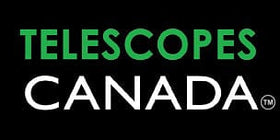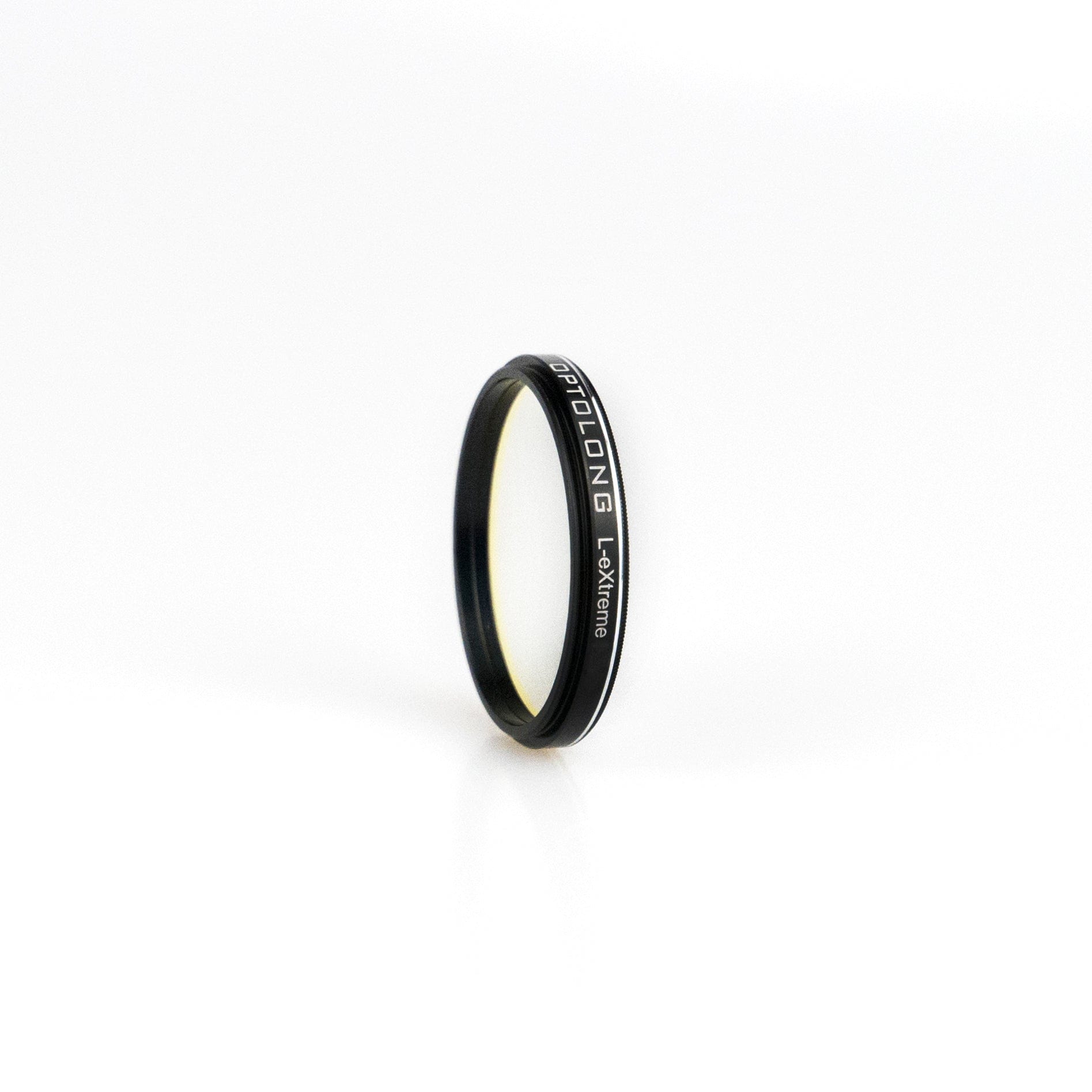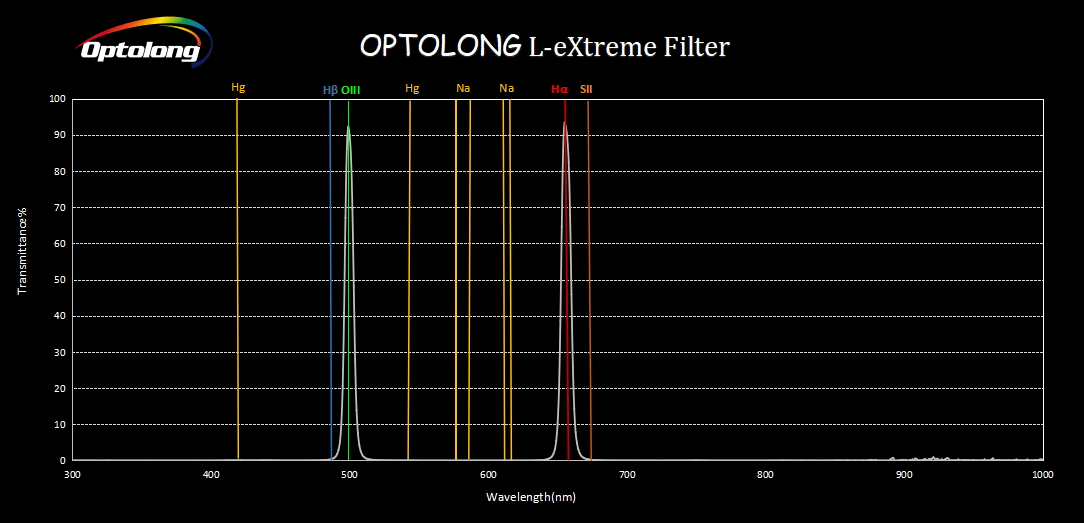If you'd like maximum light pollution management while using a one-shot colour camera to image H-Alpha and O-III emission targets, the Optolong L-eXtreme is the best filter for the job.
The L-eXtreme is a 7nm dual bandpass filter which can be used with one-shot color cameras like DSLRs and CCD/CMOS astrophotography cameras. It's most suited for fast systems or long exposures. The convenience and cost effectiveness of this filter allows amateurs to image emission nebulae even in bright, light-polluted or moonlit skies.
The L-eXtreme isolates the H-Alpha and Oxygen III emission lines so that the contrast and signal-to-noise ratio of a nebulae are maximized. For people who are imaging in very light polluted areas or when the moon is out, the L-eXtreme is an excellent choice.
The advantage of the L-eXtreme filter is that there is no light transmission between the H-beta and OIII lines (as there are no nebula emission lines there). This reduction in light pollution maximizes the nebula's signal and makes the sky background darker while imaging.
Unlike the L-eNhance filter, which is a tri-band filter (it transmits H-Alpha, H-Beta, and O-III), the L-eXtreme filter is dual-band, passing just the H-Alpha and O-III emission lines in order to deliver improved light pollution rejection.
Note: The Optolong L-eXtreme filters (apart from the threaded both sides version) have threads on one side to keep them very thin - 1.85mm not including the threads - they can be used with Filter Wheels, Filter Drawer System, focusers with a place to thread focal reducers internally (such as some Moonlite focusers) and camera nose pieces that fit into compression rings, but the 1.85mm filter should not be threaded into the imaging train like an adapter ring with threads on both sides.
The threaded both sides version however can be used like an adapter ring and can be threaded directly into your optical train without any additional equipment required. The threaded both sides version has a thickness of 7.6mm not including the threads. Note that this size filter will NOT fit in most filter wheels or drawers.
Note: For imaging galaxies and reflection nebulae, the Optolong L-Pro filter is more appropriate as the L-eXtreme and L-eNhance filters will reject much of the light from those broadband or reflection objects.
Manufacturing Technology
- High-precision grinding and polishing to make sure the substrate parallelism is greater than 30" and the surface accuracy is better than λ/4 ;
- Purified water ultrasonic cleaning is aim to effectively remove impurities and dust from the substrate surface.
- Electron-beam gun evaporation with Ion-assisted deposition coating technology for durability and resistance to scratching, as well as stability on CWL(central wavelength) no deviation affected by temperature change; IAD not only consolidates membrane compactness, increases film firmness, but also changes vacuum coating material characteristics.
- Planetary rotation system offers precision and a homogeneous coating ensuring high value on transmission of pass-band and Optical density of off-band;
- Non-cementing optical substrate coating;
- Quality Control: each filters is examined by Spectrophotometer for spectrum characteristic, and Laser Interferometer for surface accuracy.
Packing
Outer Box: cardboard sleeve box
Inner Plastic Box: Strong PP material
Lining: Imported high pressure white EVA

Specifications
Substrate: B270
Thickness: 1.85mm
FWHM: O3 7nm+Ha 7nm
Blocking range: 300-1000nm
Blocking depth: light pollution line blocking >99%
Surface quality: 60/40
Transmitted Wavefront RMS: λ/4
Parallelism: 30s


